








Xisca - pics! Dry subtropical Mediterranean - My project
However loud I tell it, this is never a truth, only my experience...
 1
1




 I'm now working on a number of local breeding projects such as trying to develop a Caraway (Carum carvi) with good sized roots as a very hardy root crop (along with its other uses as a spring green and spice) and crossing perennial brassicas (I'm looking at selecting hardier varieties and I've also crossed Daubenton perennial kale with a late flowering purple sprouted broccoli with the dream of a purple sprouting perennial kale!) and I share this work, seeds and cuttings with others...
I'm now working on a number of local breeding projects such as trying to develop a Caraway (Carum carvi) with good sized roots as a very hardy root crop (along with its other uses as a spring green and spice) and crossing perennial brassicas (I'm looking at selecting hardier varieties and I've also crossed Daubenton perennial kale with a late flowering purple sprouted broccoli with the dream of a purple sprouting perennial kale!) and I share this work, seeds and cuttings with others...Best wishes
Stephen Barstow
http://www.edimentals.com
FB: https://www.facebook.com/stephen.barstow.7
Twitter: @s_barstow
My book: Around the World in 80 plants
(http://www.edimentals.com/blog/?page_id=30)
 4
4




Best wishes
Stephen Barstow
http://www.edimentals.com
FB: https://www.facebook.com/stephen.barstow.7
Twitter: @s_barstow
My book: Around the World in 80 plants
(http://www.edimentals.com/blog/?page_id=30)
 2
2




Stephen Barstow wrote: I'm now working on a number of local breeding projects such as trying to develop a Caraway (Carum carvi) with good sized roots as a very hardy root crop (along with its other uses as a spring green and spice) and crossing perennial brassicas (I'm looking at selecting hardier varieties and I've also crossed Daubenton perennial kale with a late flowering purple sprouted broccoli with the dream of a purple sprouting perennial kale!) and I share this work, seeds and cuttings with others...

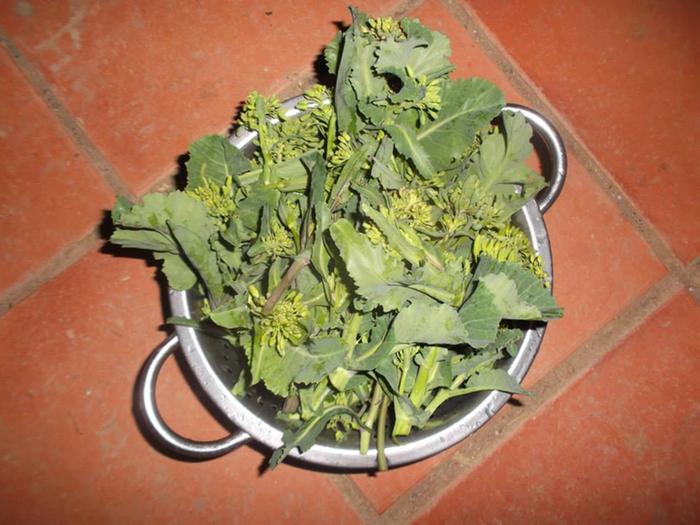
How permies.com works
What is a Mother Tree ?
 1
1




Best wishes
Stephen Barstow
http://www.edimentals.com
FB: https://www.facebook.com/stephen.barstow.7
Twitter: @s_barstow
My book: Around the World in 80 plants
(http://www.edimentals.com/blog/?page_id=30)
 1
1




Stephen Barstow wrote:.I've never managed to get hold of material from any of the Portuguese perennial kales.
Can I ask where you got it from?
How permies.com works
What is a Mother Tree ?
 1
1





Best wishes
Stephen Barstow
http://www.edimentals.com
FB: https://www.facebook.com/stephen.barstow.7
Twitter: @s_barstow
My book: Around the World in 80 plants
(http://www.edimentals.com/blog/?page_id=30)




 1
1




Best wishes
Stephen Barstow
http://www.edimentals.com
FB: https://www.facebook.com/stephen.barstow.7
Twitter: @s_barstow
My book: Around the World in 80 plants
(http://www.edimentals.com/blog/?page_id=30)




Pamela Melcher
Happiness, Health, Peace and Abundance for All.
 1
1




Best wishes
Stephen Barstow
http://www.edimentals.com
FB: https://www.facebook.com/stephen.barstow.7
Twitter: @s_barstow
My book: Around the World in 80 plants
(http://www.edimentals.com/blog/?page_id=30)
 4
4




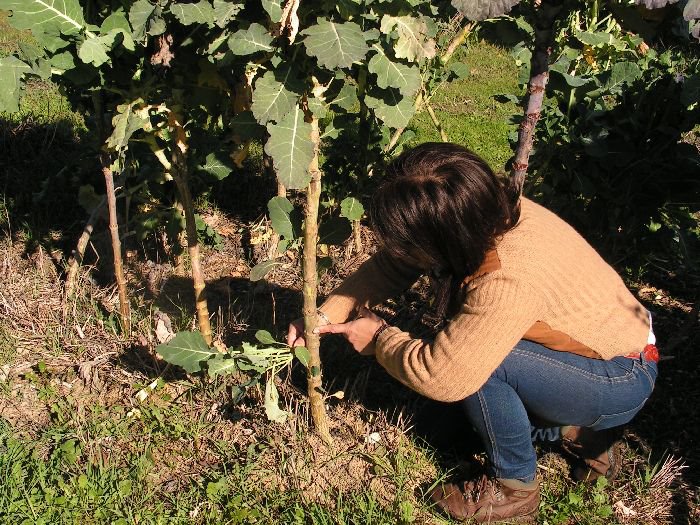
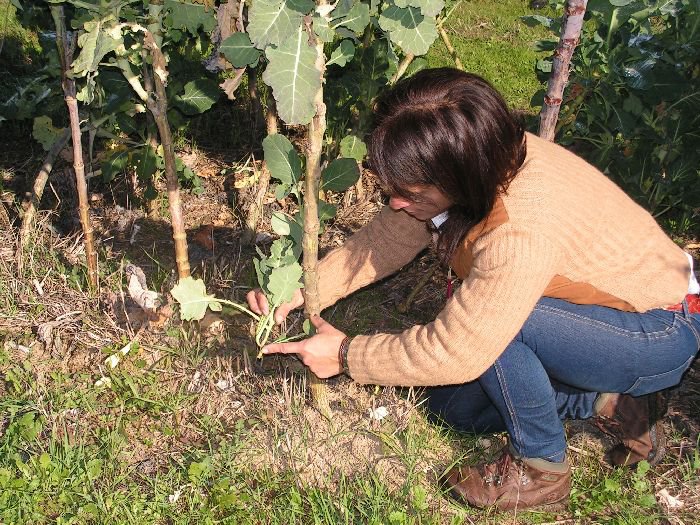
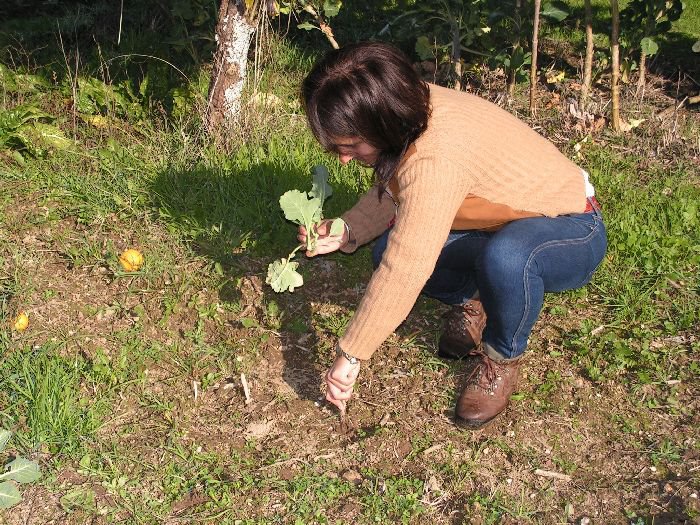
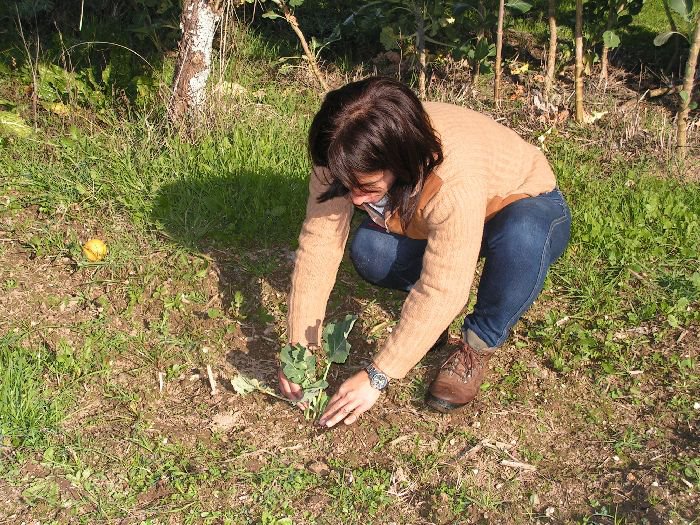
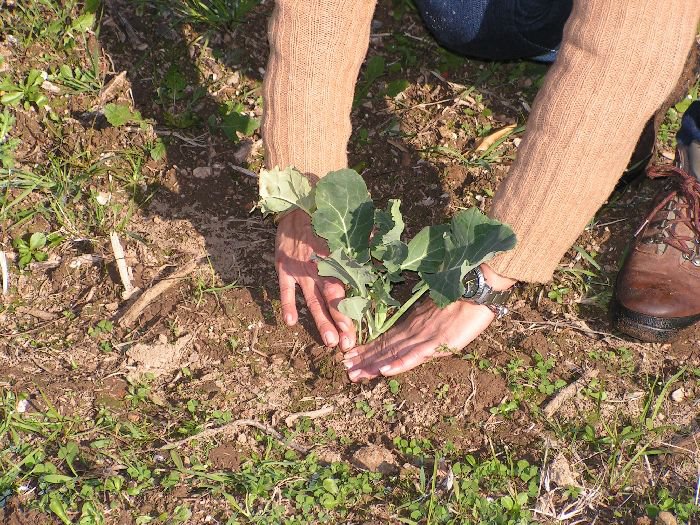
How permies.com works
What is a Mother Tree ?








How permies.com works
What is a Mother Tree ?
 2
2












